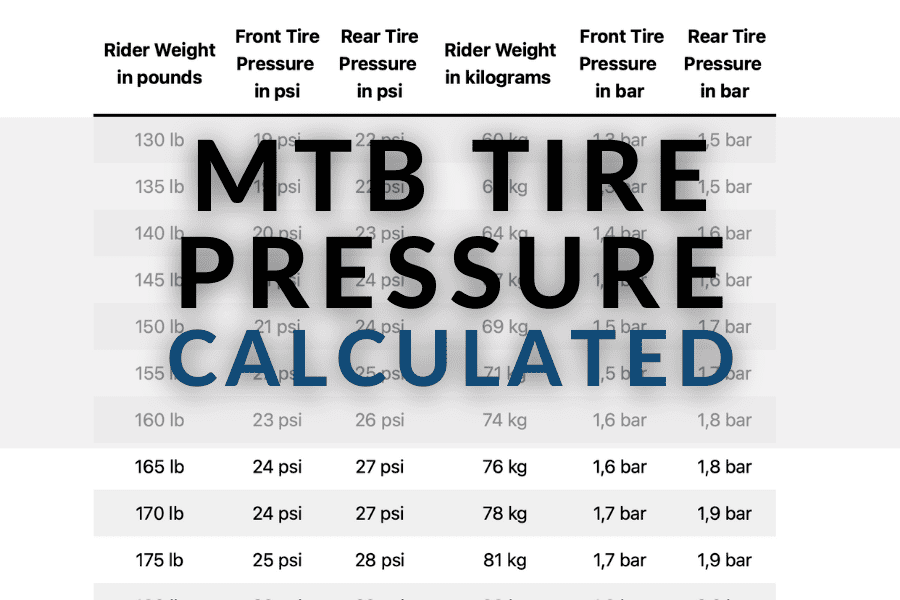
Excess pressure will also result in decreased traction, especially when wet or loose.Ĭurrently, the mountain bike market is in a state of flux with respect to what tire size is ideal. Run too much pressure, and you’ll find yourself bouncing off bumpy terrain, leading to a very skittish feeling bike. Furthermore, running too low a pressure increases the chance of sidewall punctures and excessive rim strikes which can be destructive to your rim. You may develop a sluggish feel due to the increased rolling resistance. When tire pressure is too low, you will have a bike that is squirmy when changing direction, and the tires can even fold over during hard cornering. There is a point where there is diminished control if the pressure is too high or too low. This is detrimental to your traction, and in most cases creates harsher forces for carbon rims to deal with. Don’t make the mistake of running your pressure so high that you have zero chance of bottoming out your rim. It’s a similar idea to how you would set up your suspension – if you NEVER bottom out, then you are not utilizing the suspension to its potential. Learn more about outdoor activities by following the links on the next page.For most riders, the key is finding a pressure where you rarely bottom out on your rim, but it does happen on rare occasions. Never over-inflate and be careful when testing lower inflation rates. Just remember to start by inflating your tires to the middle of the recommended range and adjust the inflation according to how much comfort and control you experience as you ride. The psi on your front tire can be lower than that of the back tire because the back tire supports more of the rider's weight.

And if you experience a pinch flat, your tire is definitely under inflated.Īlso, you don't have to set both the front and back tires to the same psi. If the tire rolls under the rim as you ride, you need to add air to it. Keep an eye on how your tire looks when you're on the bike, too. Test your bike's performance after each adjustment to find the level that works best with the terrain you're in. If you find that you're having trouble with your bike gripping the terrain, you can try letting out air in 3- to 5-psi increments.
#Mtb tire psi crack#
An under-inflated tire can experience a pinch flat, which happens when a tire is caught in a crevice or crack and tears as the wheel continues to turn. Some mountain bikers will inflate their tires significantly below manufacturers' recommendations. Lighter riders can go lower and start off at 40 psi. If you're a heavier rider, you may want to start off at around 50 psi for each tire. Begin by inflating your tires to the middle of the range, adjusting the inflation depending on your weight. Imagine you've purchased a new set of mountain bike tires that recommend a range of at least 35 and no more than 60 psi.


The ideal psi will vary based on several factors including the weight of the rider, the terrain and the psi range recommended by the manufacturer. A rider of average weight should aim for the lower limit, particularly for the front tire. If you inflate your tires toward the upper limits of the psi range, riding on uneven ground could be an uncomfortable and bumpy experience. There is no standard psi range for all mountain bike tires - it varies by manufacturer and tire model. Tire manufacturers mark the psi range recommended for their tires.


 0 kommentar(er)
0 kommentar(er)
